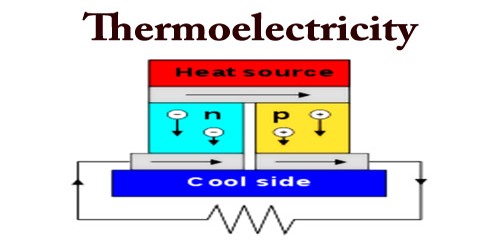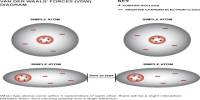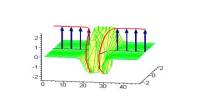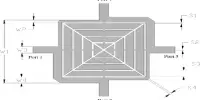The first-ever observation of four electrons interacting has been confirmed by physicists. This quadruplet is a previously anticipated state of matter that could shed light on superconductivity, the unusual property of materials that allows them to carry electricity without resistance. The findings have been reported in Nature Physics. Electrons link in pairs in superconductivity, resulting in strange macroscopic phenomena. Electrons should resist each other, yet they can connect in certain circumstances, such as at low temperatures or within crystals. They will be able to flow without being disrupted by faults or obstructions once they have done so. The material has now transformed into a superconductor with zero electrical resistance.
Some scientists have pondered if quadruplets may create as well. The Bardeen–Cooper–Schrieffer (BSC) theory, which supports the microscopic knowledge of superconductivity, contradicts this assumption. To make this conceivable, something must prevent electron couples from forming and then let the quadruplet develop.
The researchers discovered some unusual behavior in a material that seemed to hint at such a rare state back in 2018. Follow-up research from a variety of institutions and labs has strengthened the argument, and it was published just last week. A mixture of barium, potassium, iron and arsenic is the substance in question. Its chemical formula is Ba1xKxFe2As2, and if you are familiar with chemical equations, the letter x might surprise you. That merely denotes a variable – scientists can experiment with the amount of barium and potassium they use.
In addition, that, my friends, is the secret to this finding. The material is generally a superconductor (below a particular temperature), but when x equals 0.8, they see the polar opposite of superconductivity. The violation of time-reversal symmetry is the most important piece of evidence indicating this was most likely a quadruple electron creation. When witnessing a condition, if time reversal is not disrupted, it will appear the same whether the time is running forward or backward. In superconductors, this is what happens.
“However, in the case of a four-fermion condensate that we report, the time-reversal places it in a different state,” KTH Royal Institute of Technology senior author Professor Egor Babaev said in a statement. “It would most likely take many years of investigation to completely comprehend this state,” says the author “stated “The results raise a slew of new concerns, revealing a slew of other peculiar features linked with its reaction to heat gradients, magnetic fields, and ultrasound that need to be explored further.”
















